Mass Incarceration in the Land of the Free
By Brittany Daniels
My work enables reconfigurations of institutional approaches toward collaborative and community-based work through counter-storytelling, artivist praxis, and somatic abolitionism. This collaborative piece examines the discrepancy of America being “The Land of the Free” while having the highest rate for incarceration globally. Specifically looking at how systemic racial oppression through mass incarceration is perpetuated and maintained to disproportionately impact people of color. As aspiring social workers, my colleagues and I contemplated the field of social work standing in a precarious position as justice seekers and systemic norm regulators. We created this as a space for us to examine the past, feel the tension of the present, and imagine a better future.



Brittany, thank you so much for sharing such powerful and insightful work! Watching and listening to your work helped me sit in the tension that represents the discrepancy that is (in)visible in the American ideal of freedom and the disproportionately high incarceration rates. As a visual artist, I especially appreciated how you juxtaposed movement and speech to create a cohesive and reflective narrative. I can’t wait to hear more about your work!
Brittany, this work powerfully weaves together so many different aspects of the struggle against the so-called “criminal justice” system. The social worker who, as you put it, is the only justice seeker calling attention to the impacts of the criminalization and traumatization of especially black and brown bodies. The activist poet, whose words cut through all the institutional garble, tying the social worker’s stories to a broader oft obscured history. The dancer moves and feels and reminds us, that these are more than words. They are beyond facts, they are based in realities––lived and embodied. When they all come together in the conclusion to call for reform of this toxic system, you understand the dimensions of the struggle. An activist relies on institutional allies to pressure the system from within; without the vision of the activist the social worker might become lost in the daily battles with bureaucracy; and without the artist, we might all forget why it is we fight in the first place. Thank you for sharing this work! I’m excited to learn more about your practice as a social worker and artist.